By Christopher Miskimon
 In addition to being history’s biggest naval battle, Leyte Gulf was also the last battle to take place between fleets. The Japanese Navy sent 69 ships and 375 planes; all it had left after the painful defeats of the previous two years. Opposing them was the United States Navy, with 235 ships and 1,500 aircraft. The battle consisted of four major actions and several minor ones, occurring over the course of several days. The American goal was the invasion and occupation of the Philippine Islands, possession of which would sever the sea lines of communication between the Japanese home islands and the resource areas it held. Their loss meant Japan would no longer be able to sustain its war effort, so it had no choice but to commit everything it could to defeating the US offensive. The battle had many significant occurrences, including the last combats between carriers and battleships, the only instance of a surface force attacking a carrier force while under air attack, and the first preplanned use of suicide attacks.
In addition to being history’s biggest naval battle, Leyte Gulf was also the last battle to take place between fleets. The Japanese Navy sent 69 ships and 375 planes; all it had left after the painful defeats of the previous two years. Opposing them was the United States Navy, with 235 ships and 1,500 aircraft. The battle consisted of four major actions and several minor ones, occurring over the course of several days. The American goal was the invasion and occupation of the Philippine Islands, possession of which would sever the sea lines of communication between the Japanese home islands and the resource areas it held. Their loss meant Japan would no longer be able to sustain its war effort, so it had no choice but to commit everything it could to defeating the US offensive. The battle had many significant occurrences, including the last combats between carriers and battleships, the only instance of a surface force attacking a carrier force while under air attack, and the first preplanned use of suicide attacks.
The writer is a noted authority on the Pacific War and the author of many prior books on the subject. He is recognized for insightful and fresh analysis of well-known battles, and he brings that perspective to Leyte Gulf in this new work. Not only does the book present innovative ideas, but also clarifies some of the myths surrounding the battle and its major leaders and events. It is an excellent source for a single-volume account of a large and complex battle.
Leyte Gulf: A New History of the World’s Largest Sea Battle (Mark E. Stille, Osprey Books, Oxford UK, 2023, 320 pp., maps, photographs, appendices, notes, bibliography, index, $30, hardcover)
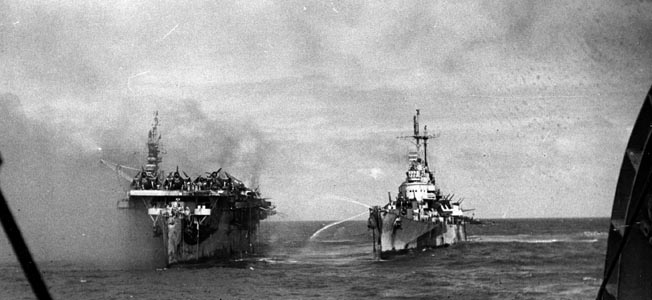
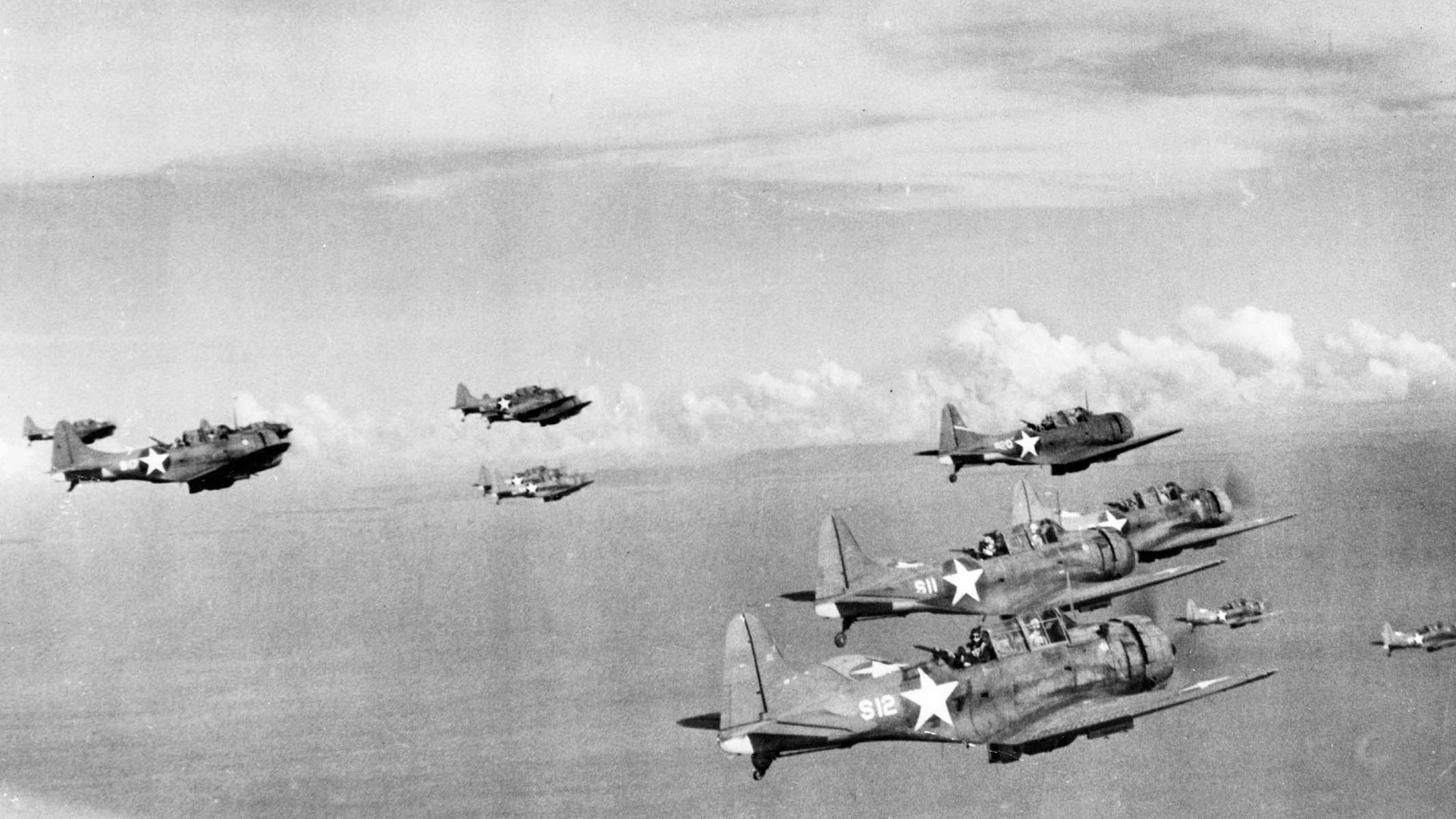
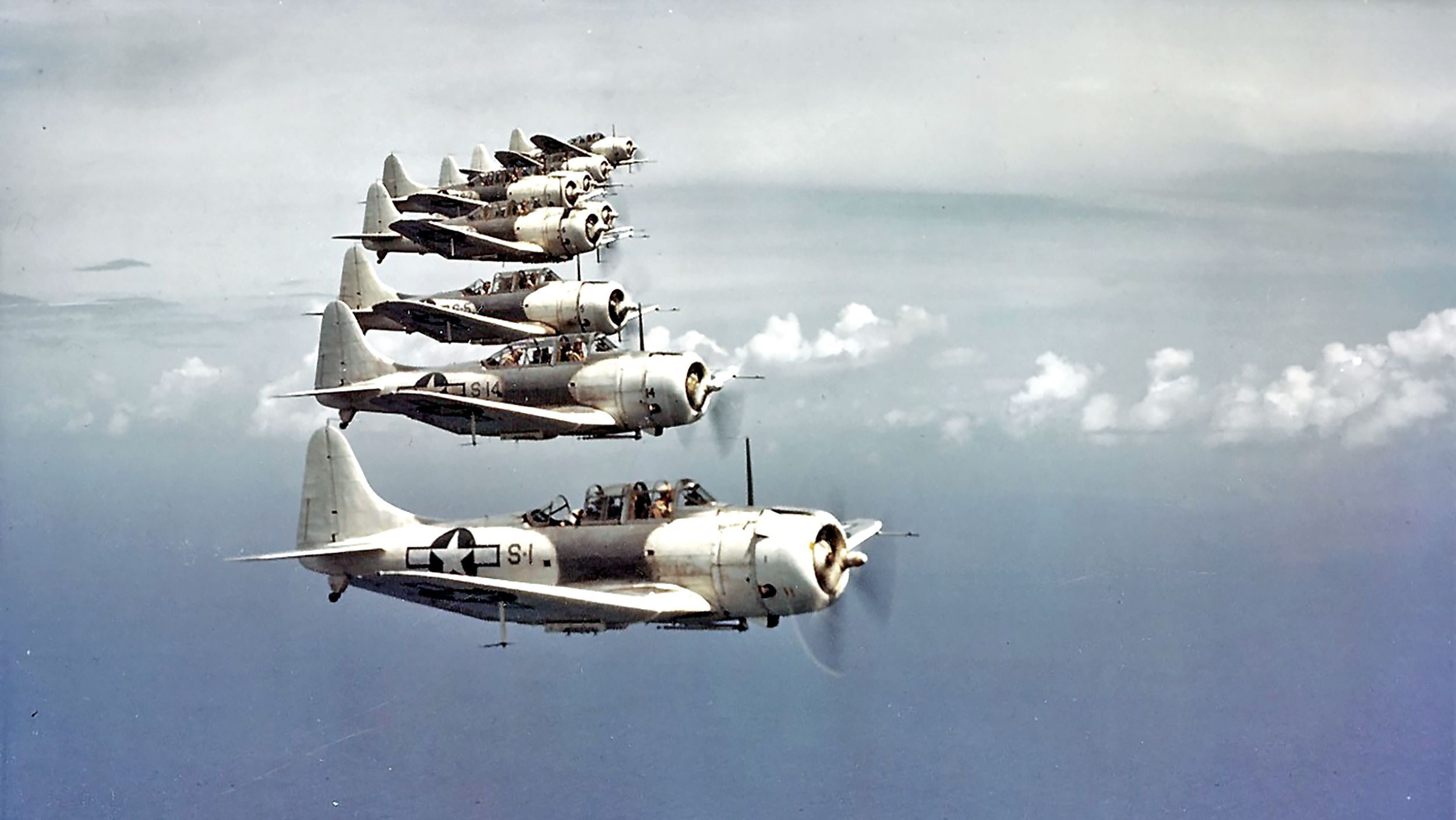
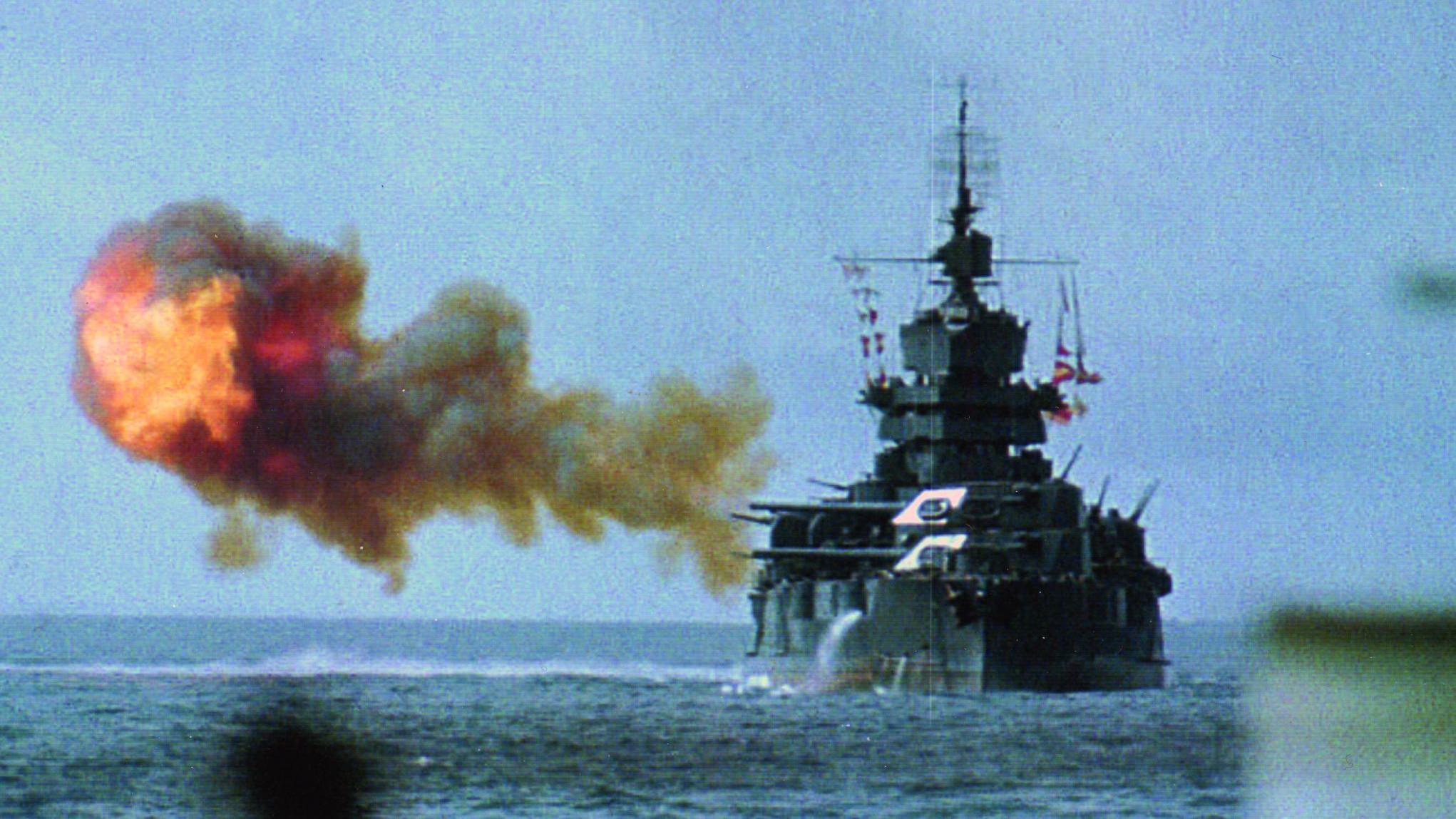
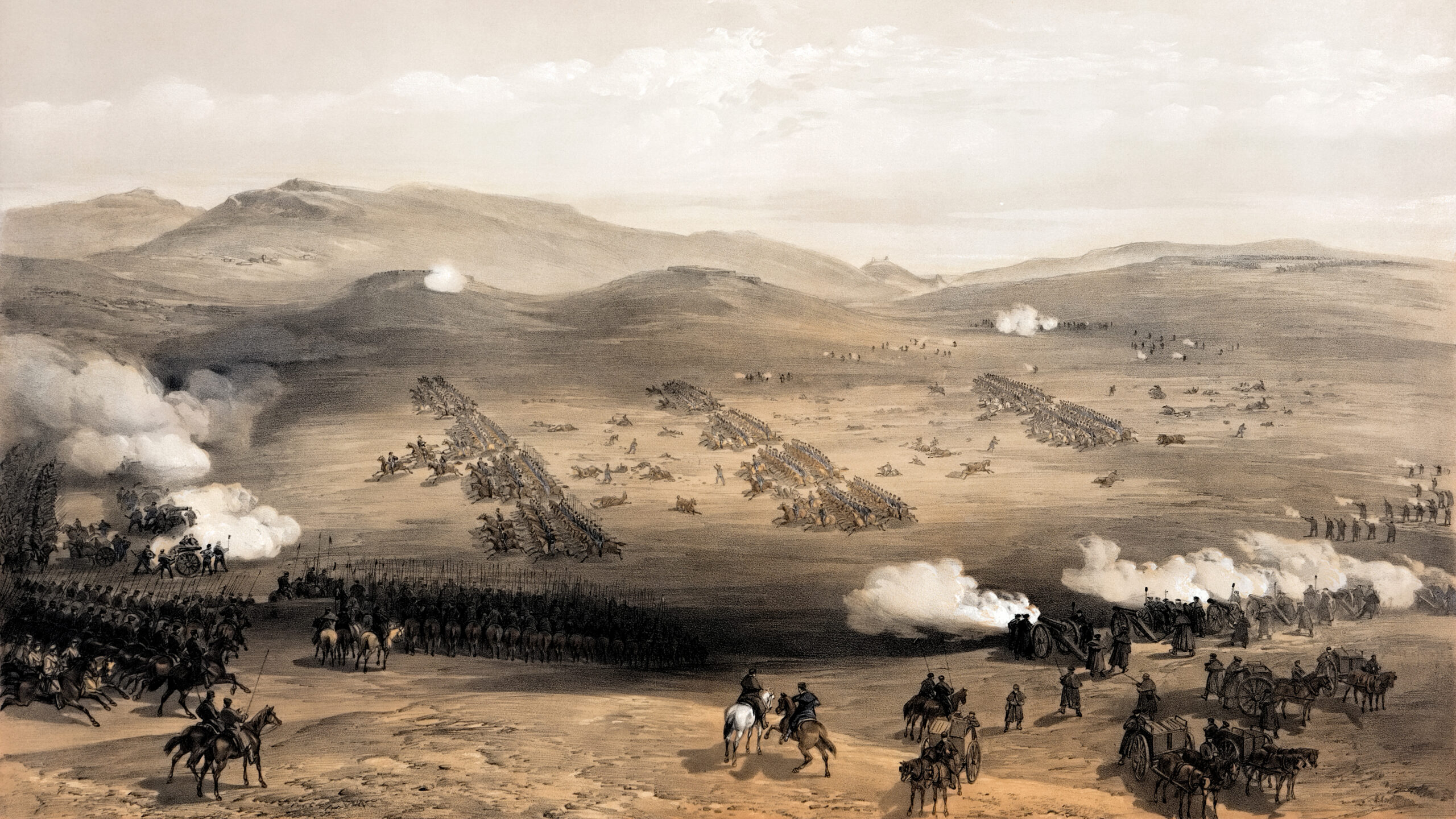
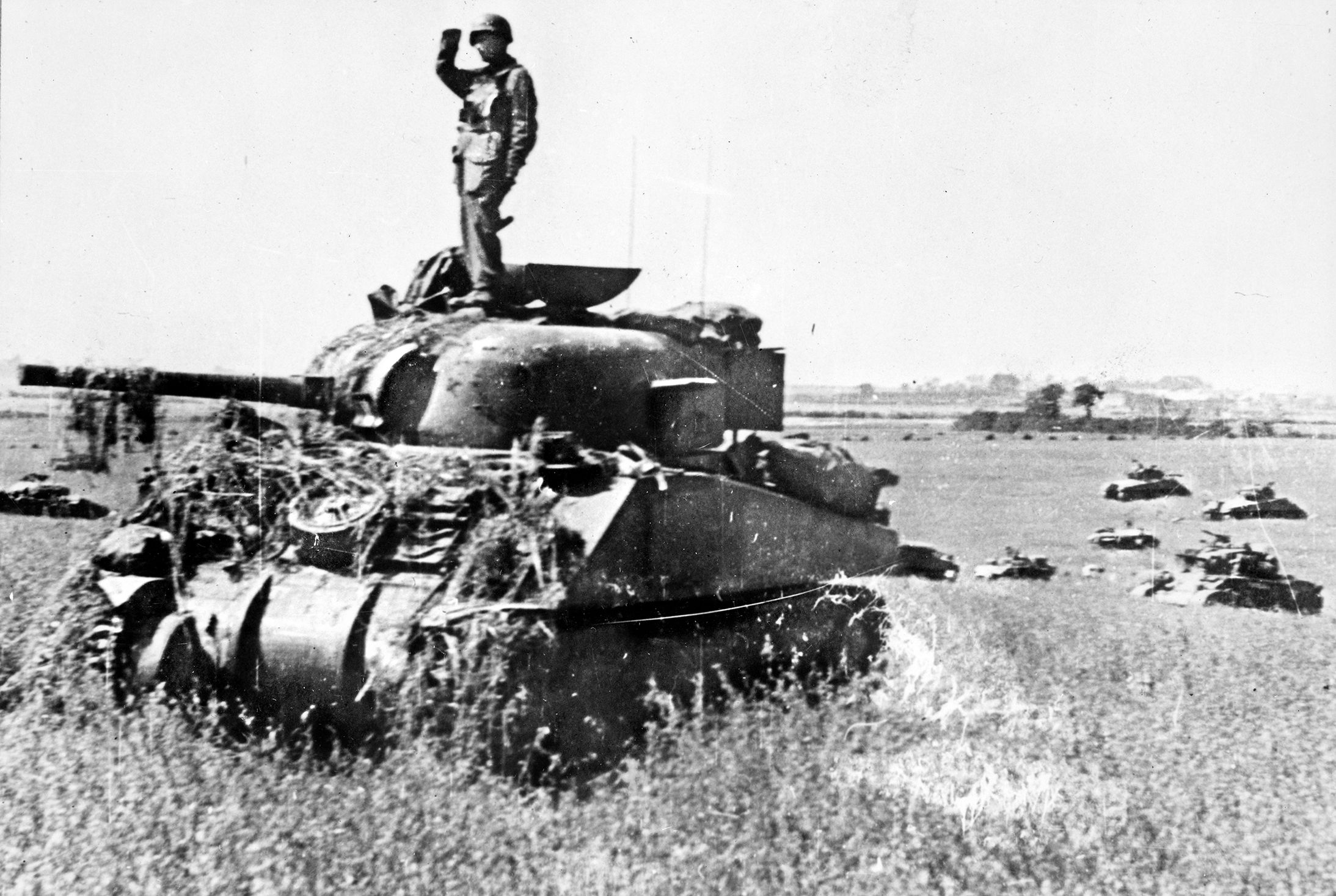
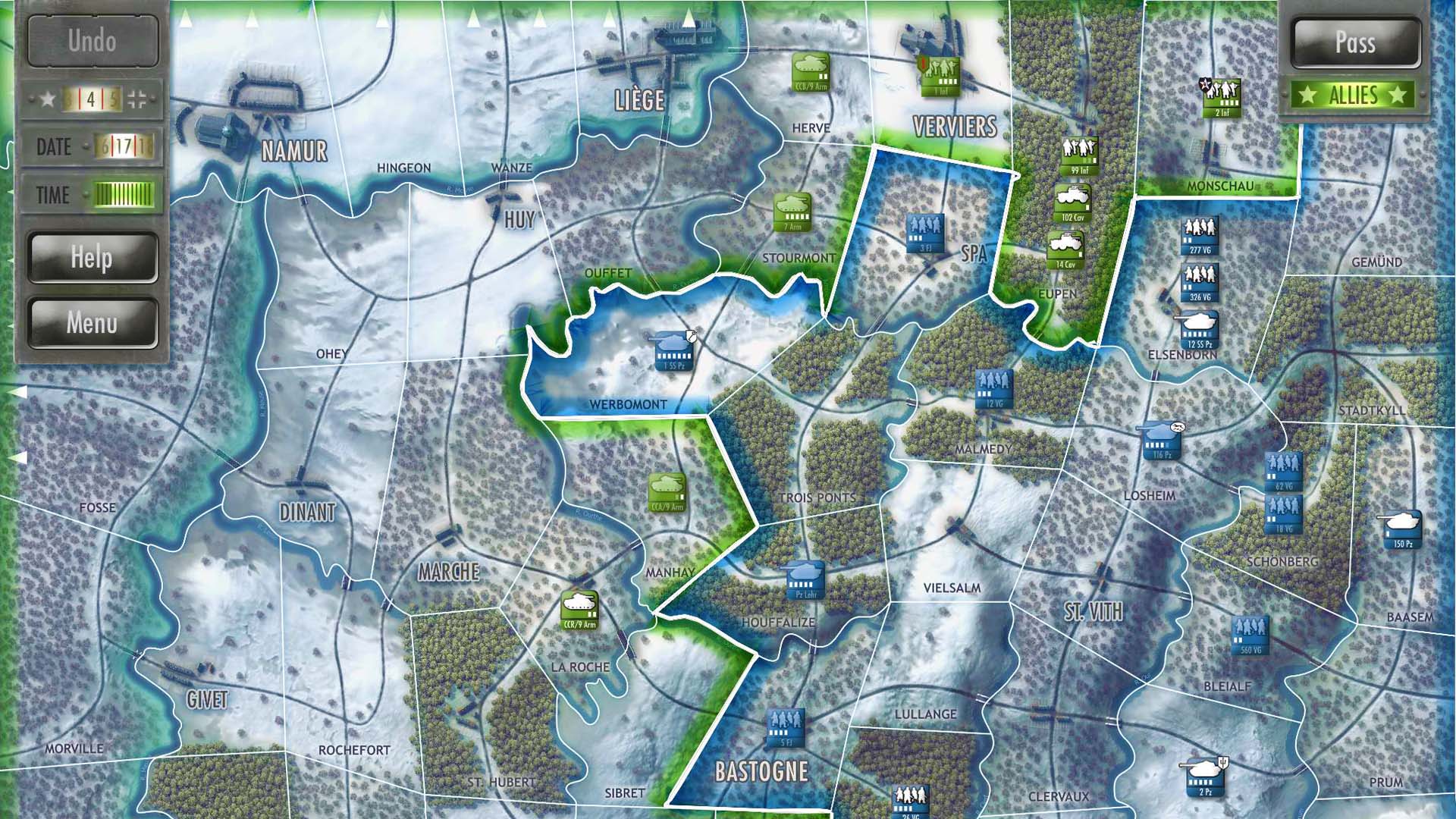

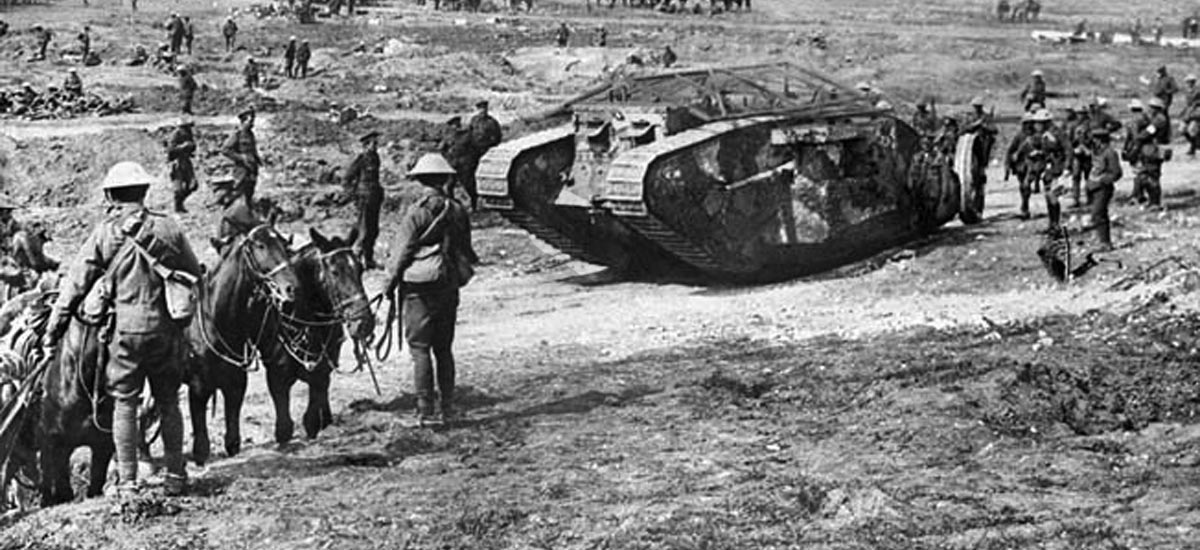
Join The Conversation
Comments
View All Comments